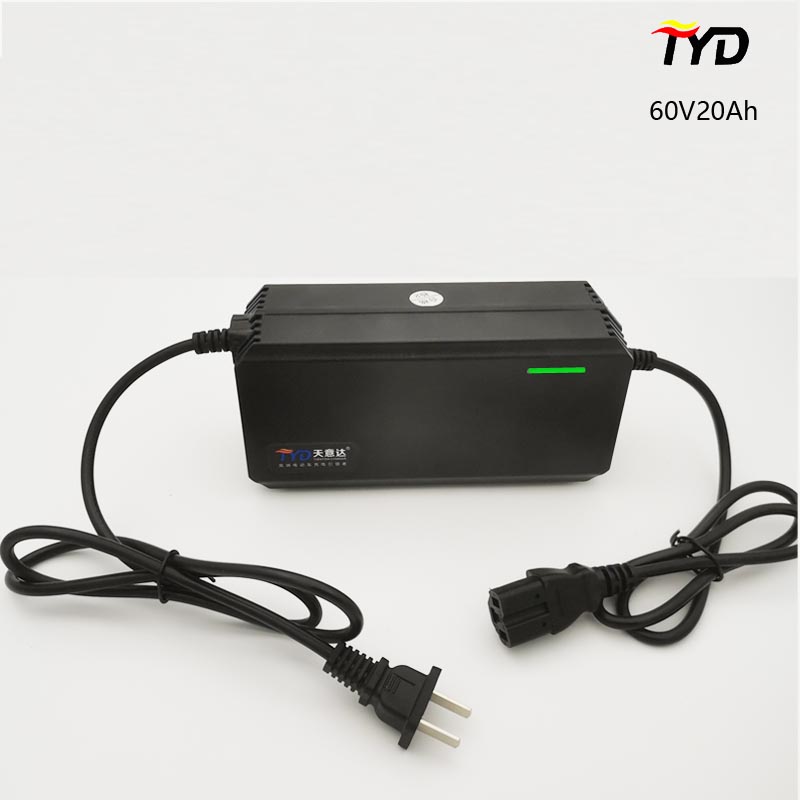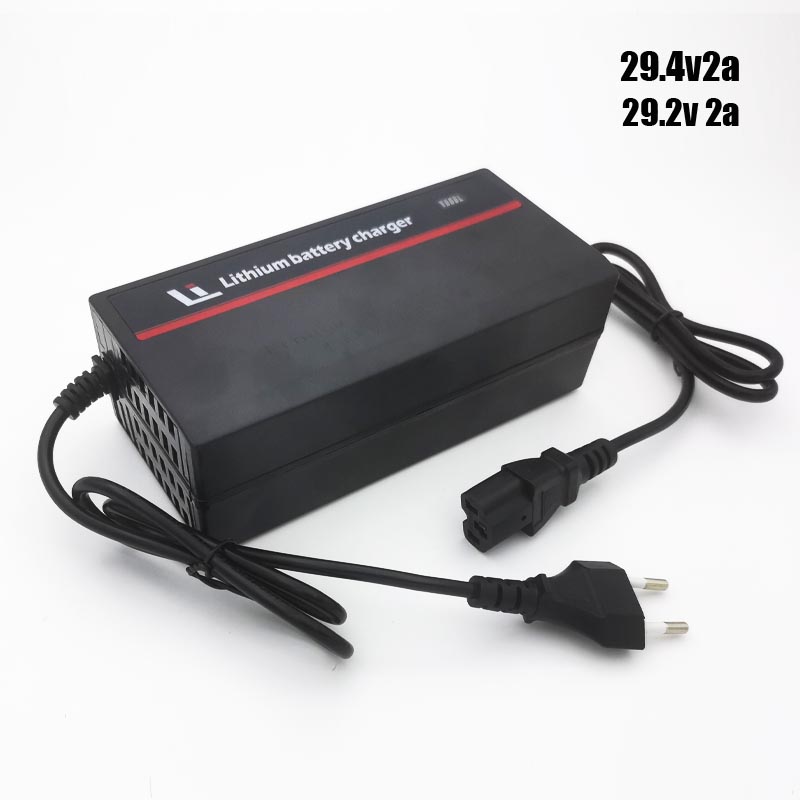Comparison between Lead Acid Chargers and Lithium Battery Chargers
Comparison between Lead Acid Chargers and Lithium Battery Chargers
In today's electric vehicle industry, chargers are vital components. They determine the charging speed, safety, and lifespan of batteries. Lead acid chargers and lithium battery chargers are two common charging devices with significant differences in chemical composition, voltage and current, charging speed, weight and size, and maintenance requirements.
Firstly, the difference in chemical composition is evident. Lead acid chargers are specifically designed to charge lead acid batteries, which store energy through the chemical reaction of sulfuric acid and lead. In contrast, lithium battery chargers are used to charge lithium-ion batteries, which utilize lithium compounds as the energy storage medium.
Secondly, in terms of voltage and current, lead acid battery chargers typically charge at lower voltages and higher currents, while lithium-ion battery chargers usually charge at higher voltages but lower currents.
Charging speed is also a significant difference between the two. Generally, lithium-ion battery chargers can provide faster charging speeds due to the higher charging rates supported by lithium batteries, while lead acid battery chargers have slower charging speeds and require more time to fully charge.
Another important difference is in weight and size. Lithium-ion battery chargers are typically lighter and more compact compared to lead acid battery chargers, making them more suitable for lightweight electric vehicles and portable devices. In contrast, lead acid battery chargers are usually larger and heavier due to the bulkiness of lead acid batteries themselves.
Lastly, there are significant differences in maintenance requirements. Lithium-ion battery chargers typically require less maintenance since lithium batteries do not suffer from "memory effect" and do not require regular balancing charging during charging. Conversely, lead acid battery chargers typically require more maintenance as lead acid batteries need regular balancing charging to prevent failure and extend lifespan.
In conclusion, lead acid chargers and lithium battery chargers exhibit significant differences in chemical composition, voltage and current, charging speed, weight and size, and maintenance requirements. Therefore, when selecting a charger, it is important to consider specific needs and application scenarios to make a wise choice and maximize charging efficiency and battery lifespan.






